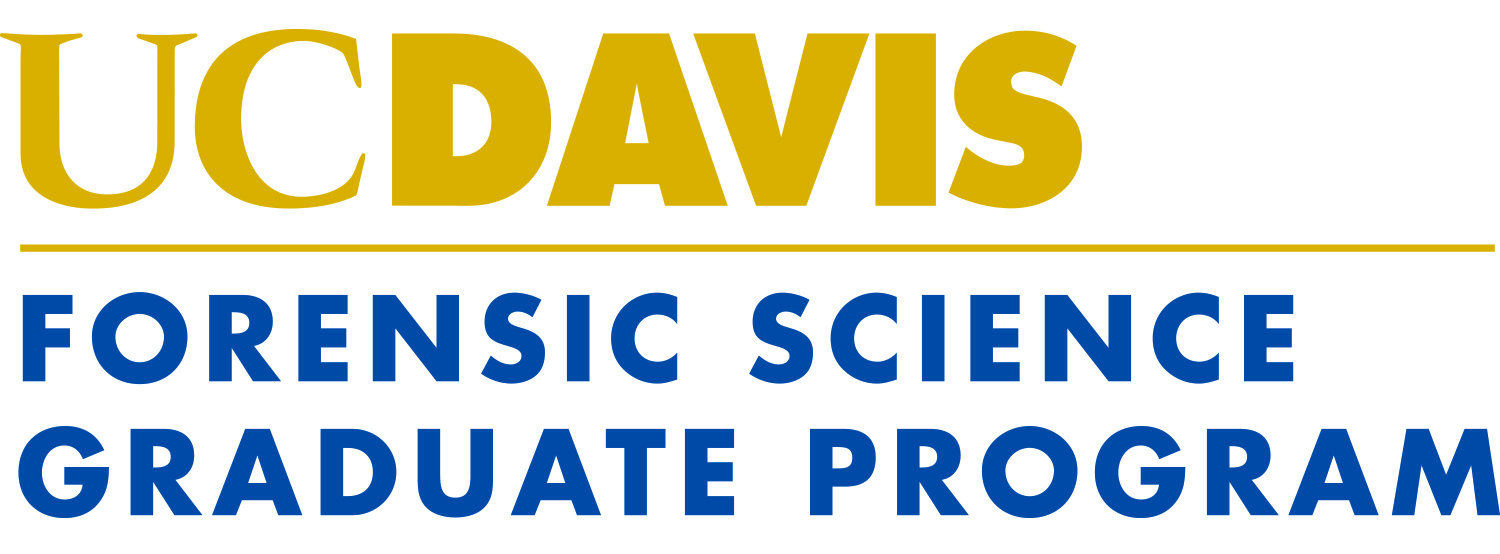In the mid 1970’s public defenders, prosecutors, and police agencies were required to collaborate in the development of regulations after state legislature enacted a law that placed the oversight of Forensic Blood and Breath Analysis under the purview California Department of Public Health (CDPH). This analytical area is the only area in forensic science that is under such control. After meeting with many stakeholder groups, the CDPH enacted regulation for all forensic alcohol analysis under Title 17 CA Code of Regulation. Under Title 17, forensic analysts employed at a California crime laboratory were required to have completed a course in Quantitative Analysis (Q.A.). Traditionally, Q.A. is a wet chemistry course that is designed to provide training in performing precise Q.A. measurements. As a consequence, nearly all California crime labs required their entry level personnel to have completed a course in Quantitative Analysis.
With the advent of instrumental analysis, many universities no longer offer Q.A. as a separate course although it is still offered by some CA State Universities and junior colleges. However, once regulations such as Title 17 are promulgated and chaptered, they can be very difficult to amend. As a result, crime labs have been unsuccessful in changing their personnel requirement under Title 17. Indeed, some labs now have two entry methods: A DNA track with other required courses specified at national levels; and a non-DNA track which requires a Q.A. course.
At UC Davis, we addressed this issue by redesigning a course covering Q.A. material (ETX102B Analysis of Environmental Toxicants, 5 quarter units) and obtaining official approval from the CDPH to accept this course as equivalent to a traditional Q.A. course. We recommend that students in our program take ETX102B as upper division course credit that both meets CDPH requirements and may be applied to the Master’s degree requirements.
The Chemistry department at UC Davis responded by incorporating Q.A. into the Chemistry 2 series courses (CHE2A/B/C, 15 quarter units), which are also approved by the CDPH. This fulfills the Q.A. requirement under Title 17. If you have not taken a Q.A. course, you may complete it at a junior college, State University, or a private college.
Effective April 1, 2017, the Title 17 requirements have changed substantially, and Quantitative Analysis is no longer required for crime laboratory personnel. Irrespective, it will take the California agencies a several years to update the position requirements for laboratory personnel, should they so desire. Some labs may elect to maintain their Q.A. requirements. To see the changes to the California code, review the updated Title 17.
